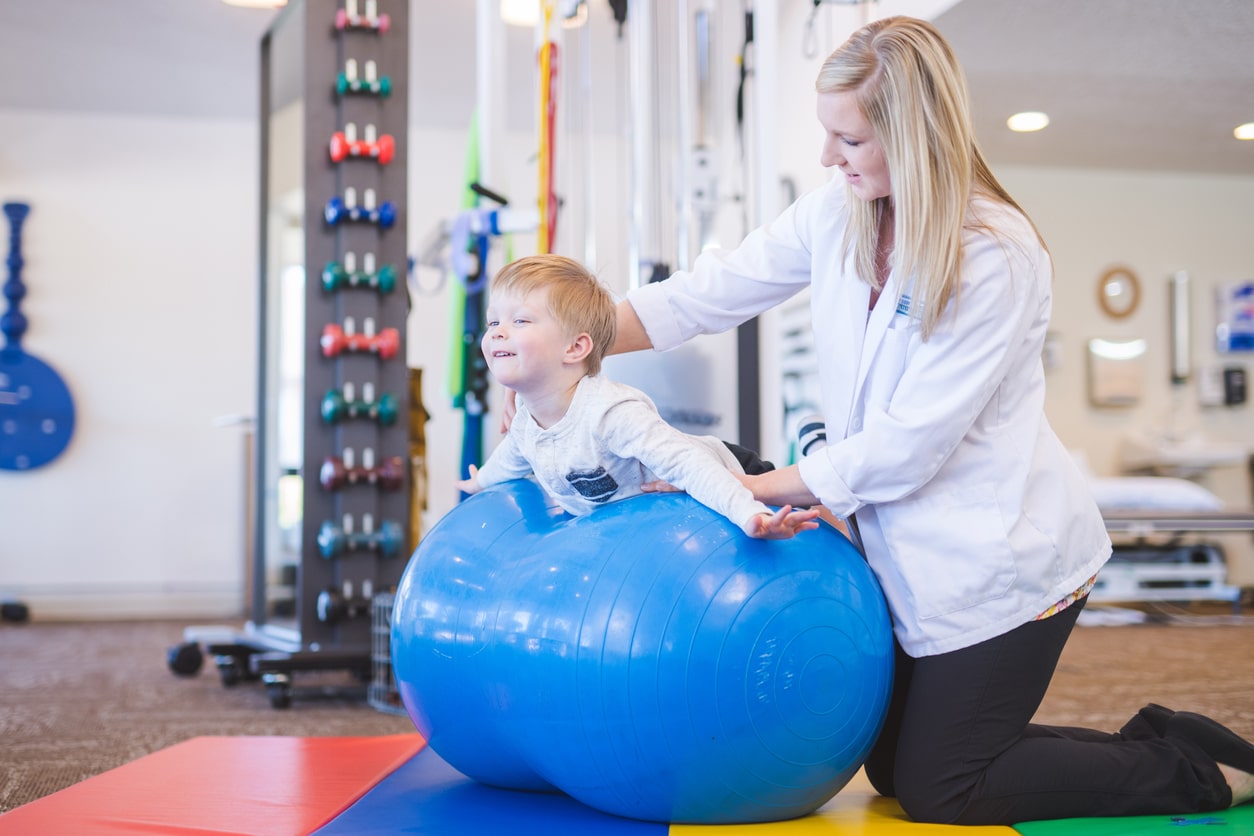Mastering a Science of Human Factors to Enhance Ease and Productivity in Work Environments
Mastering a Science of Human Factors to Enhance Ease and Productivity in Work Environments
Blog Article
Mastering this discipline of workplace optimization is essential for designing professional environments that advance postural health and operational efficiency. Workplace ergonomics is the methodology of designing occupational settings, equipment, and responsibilities to match the needs of workers. By emphasizing how users engage with their physical environment, businesses can minimize risk of injury and avoid injuries. An ergonomic workspace encourages efficient movement and lessens strain, which can contribute to improved work satisfaction and engagement among team members.
One foundational aspect of human factors design is the arrangement of furniture and equipment. Desks should be at a level that enables users to remain seated with their arms at a 90-degree angle while keyboarding. Seating options should offer proper lumbar stability for the lower back, encouraging spinal alignment. Additionally, screens should be aligned at visual height to avoid cervical tension. By verifying that these factors are properly adjusted, staff can copyright a neutral position throughout their assignments, minimizing fatigue and boosting cognitive performance.
An additional notable factor in an ergonomic workspace is the use of appropriate tools and hardware. This includes input devices, pointing devices, and other instruments engineered to reduce cumulative trauma disorders. For instance, using an orthopedic typing device can contribute to minimize wrist pain caused by long-term typing. Furthermore, modular seating systems and convertible desks allow employees to modify their position throughout the day, which can relieve discomfort and boost alertness. Implementing industry-grade ergonomic solutions can lead to read more healthier work habits and elevated productivity rates.
Visual conditions is also a core aspect in workspace ergonomics. Proper lighting can diminish eye strain and make it easier to engage with their job functions. Daylight is ideal, but if that is not available, using task-specific artificial lighting can assist in maintaining a comfortable atmosphere. It is necessary to avoid overhead fluorescent lights that may induce headaches or fatigue. By providing ergonomic lighting, organizations can foster an environment that supports both visual ergonomics and output.
Finally, promoting scheduled breaks is imperative for maintaining an ergonomic workspace. Motivating employees to take timed breaks can aid alleviate fatigue and mental overload. During these breaks, users should be encouraged to move around or get up to improve physical engagement. Structuring planned break times can assist establish a workflow that values health without reducing output. Overall, embracing ergonomics in the office not only enhances physical health but also fosters a more sustainable work look at here culture where employees can perform at their best.